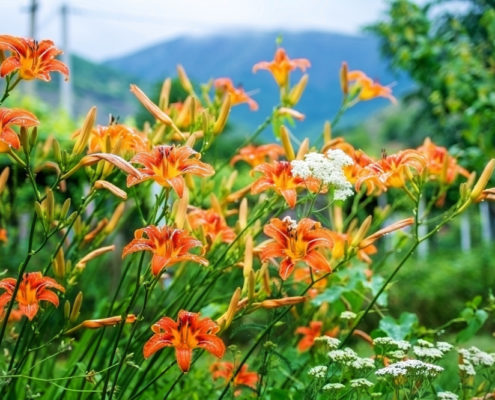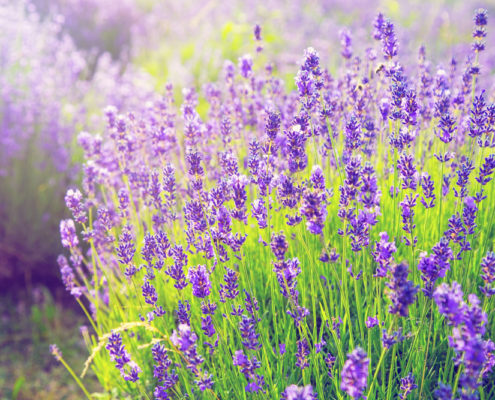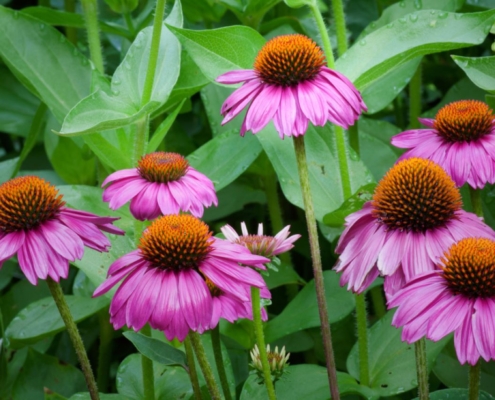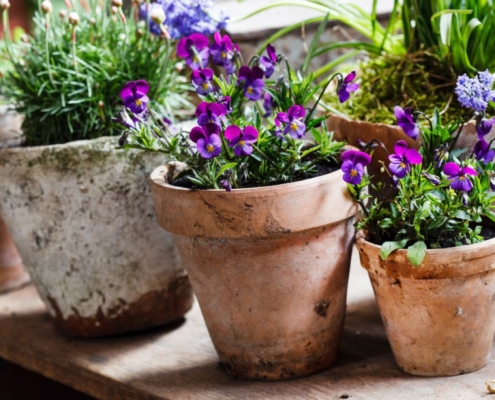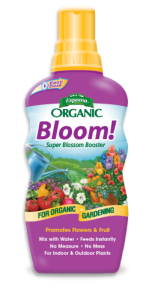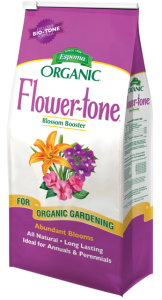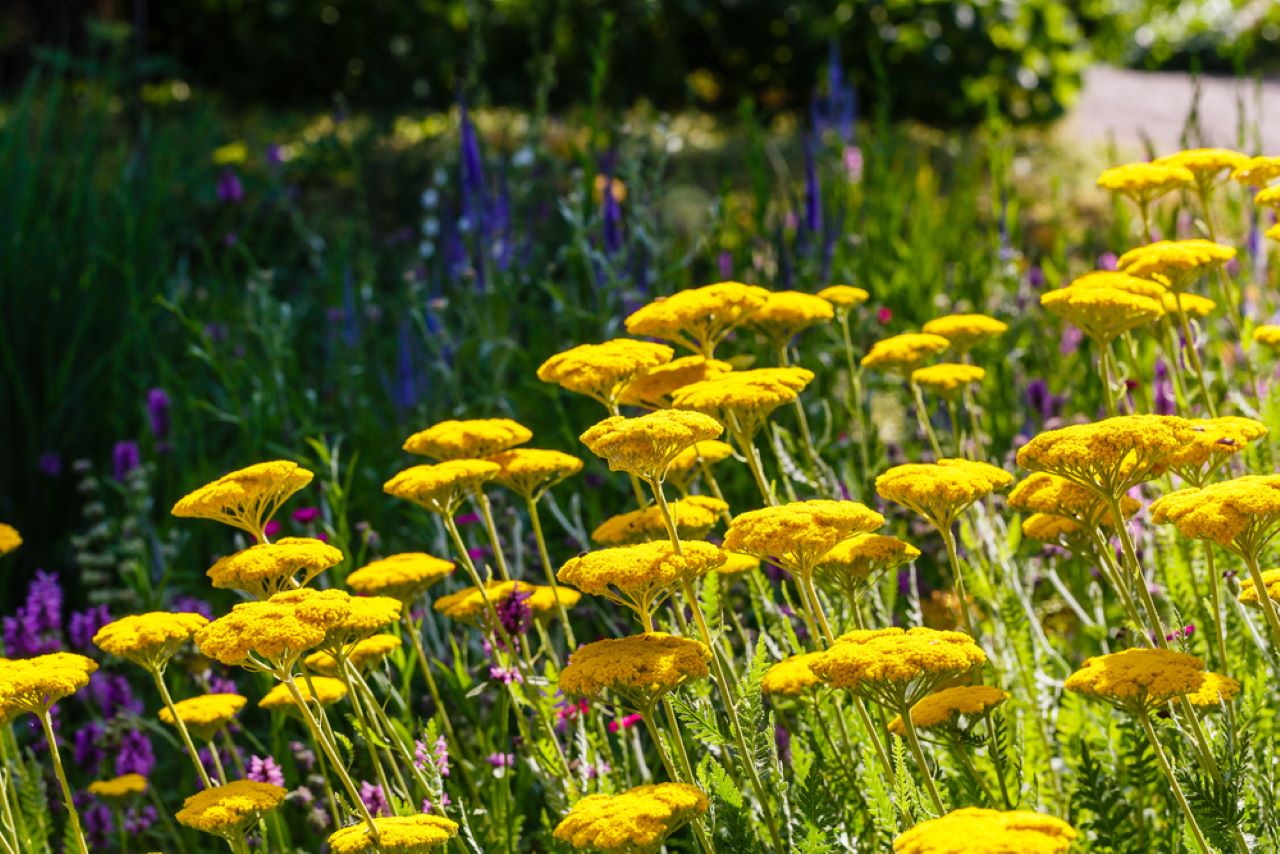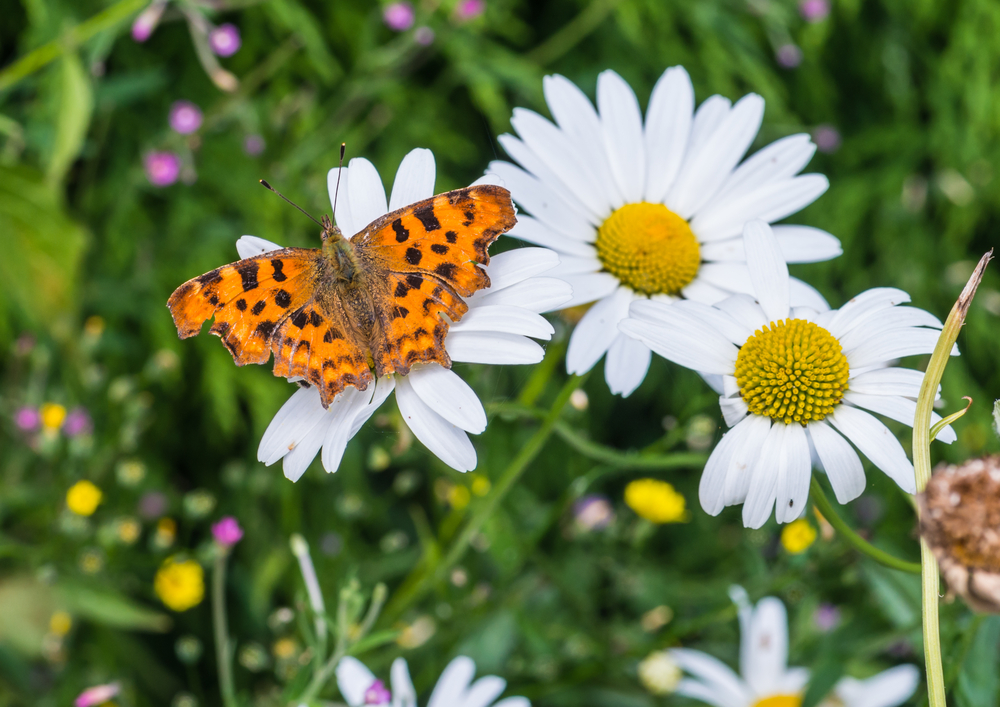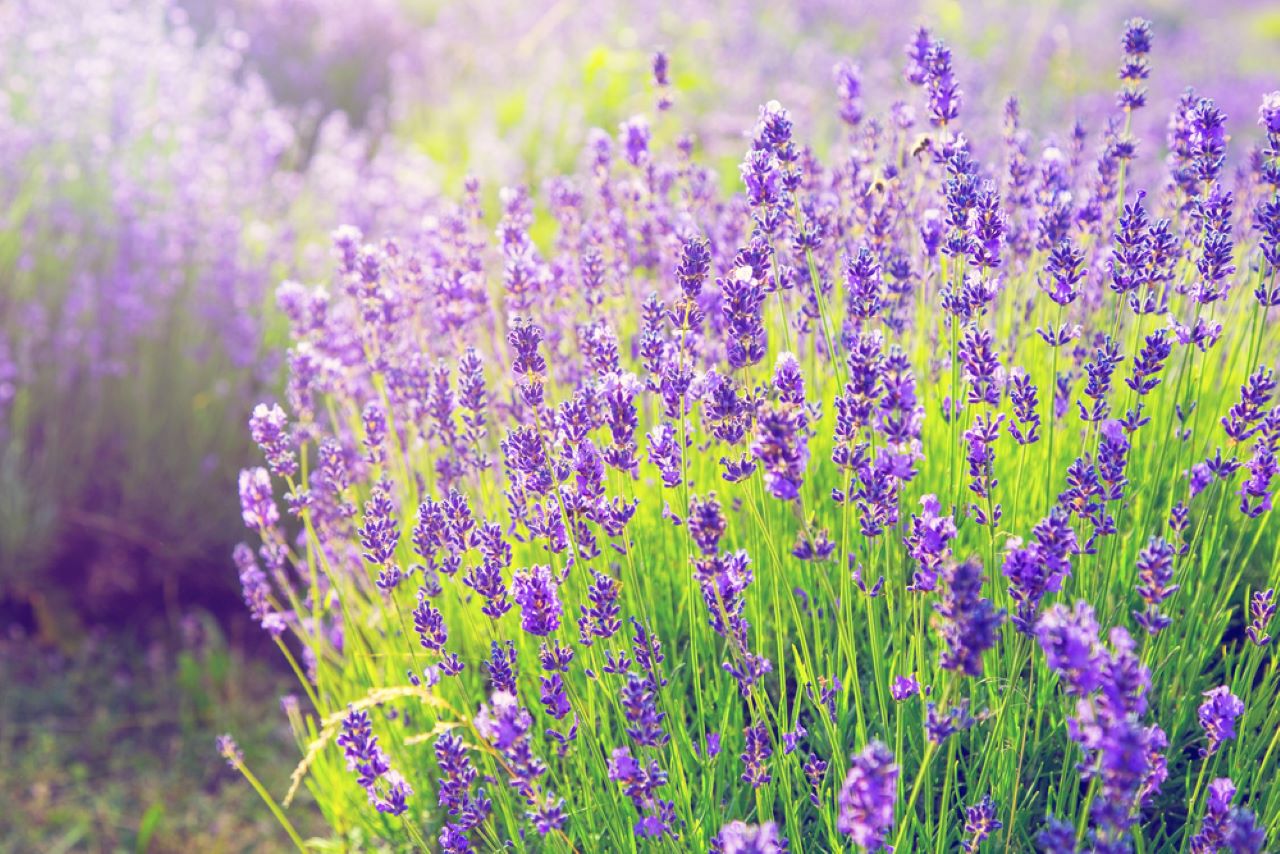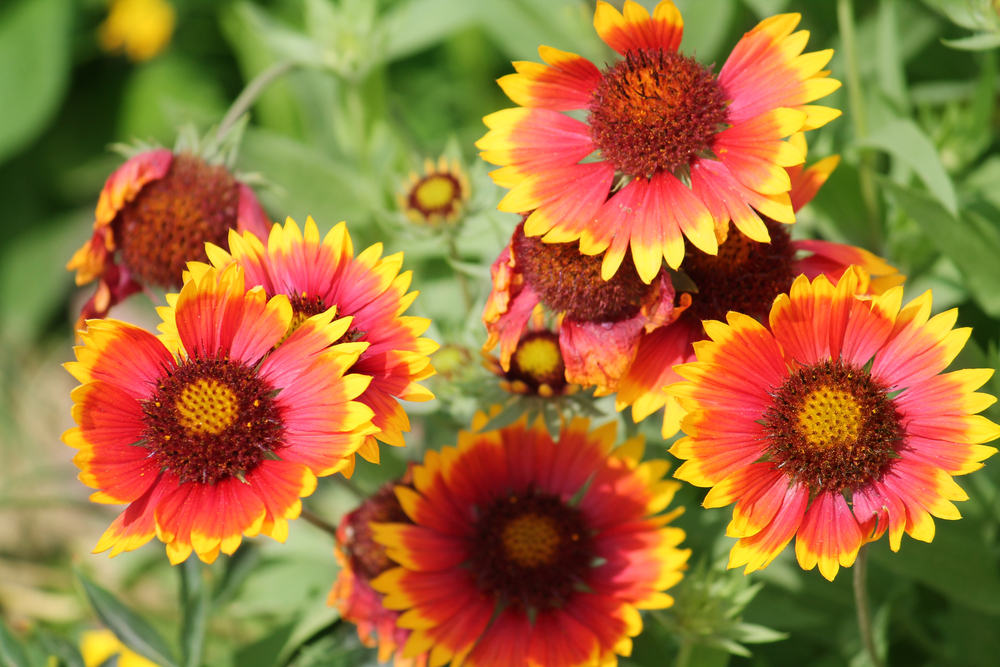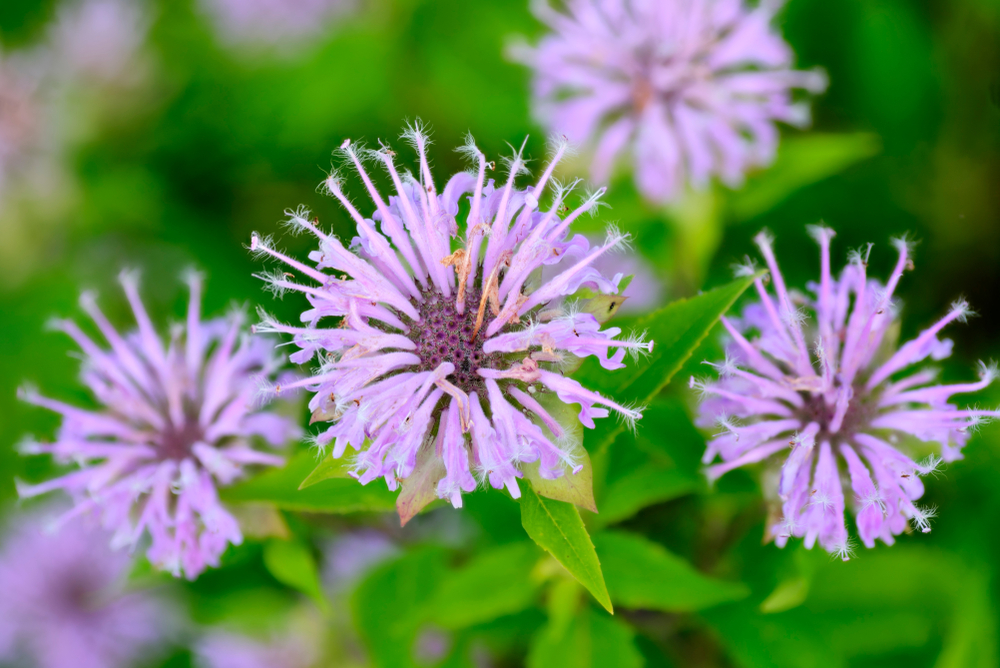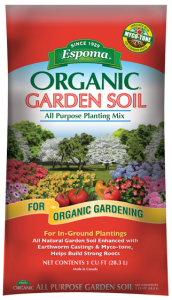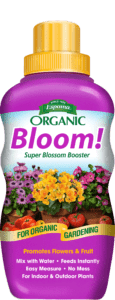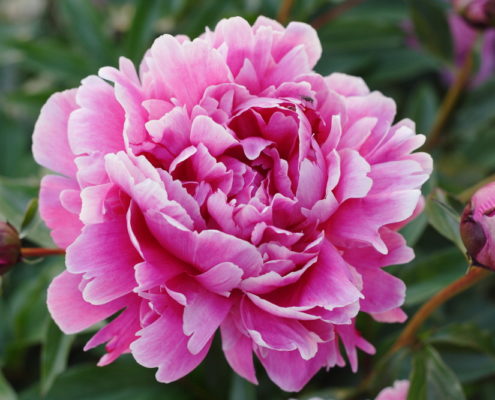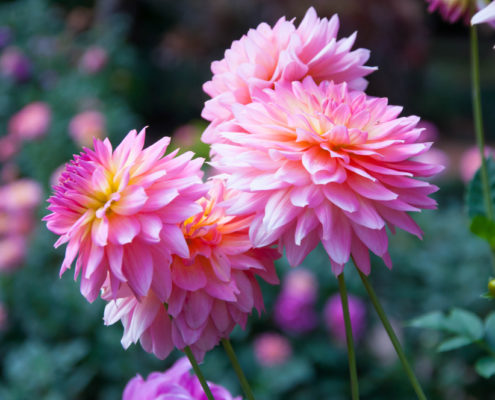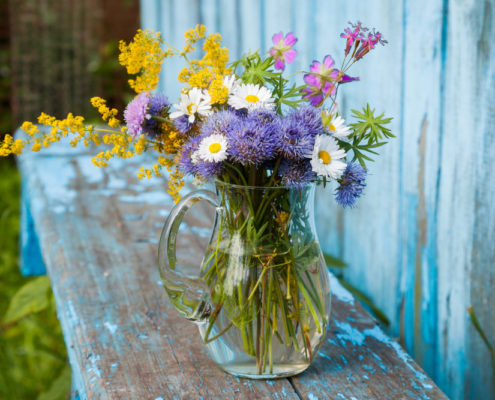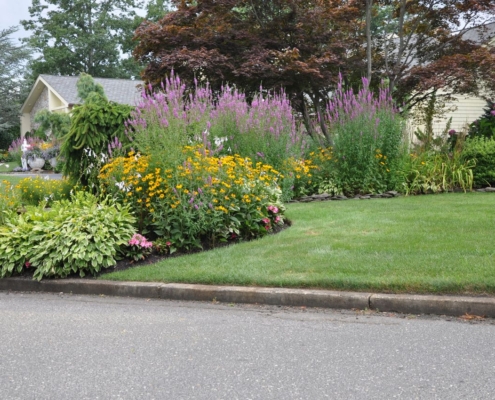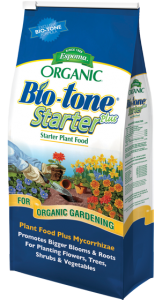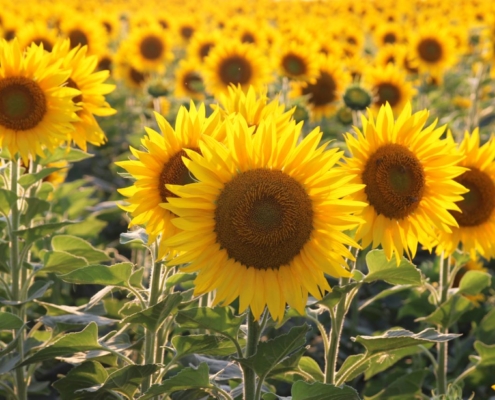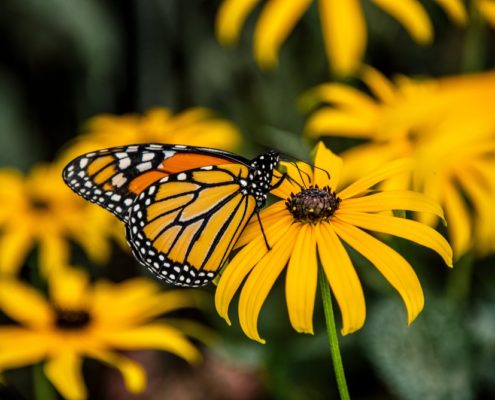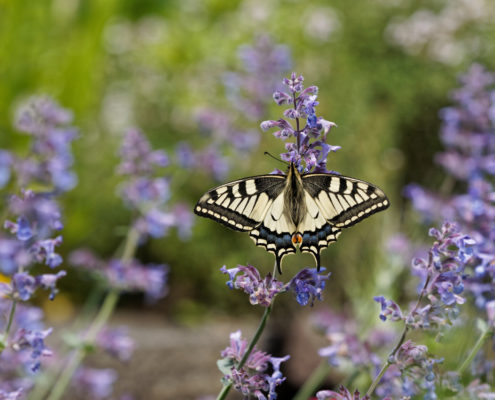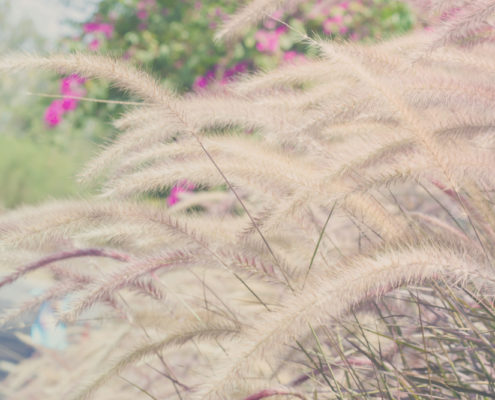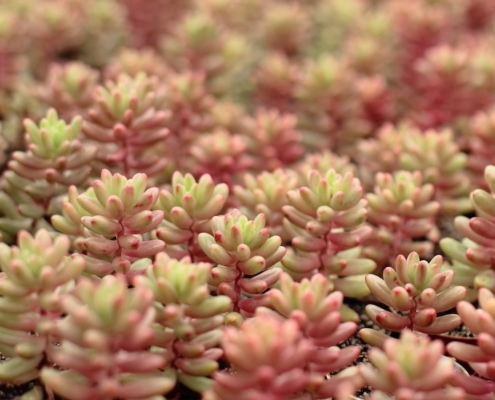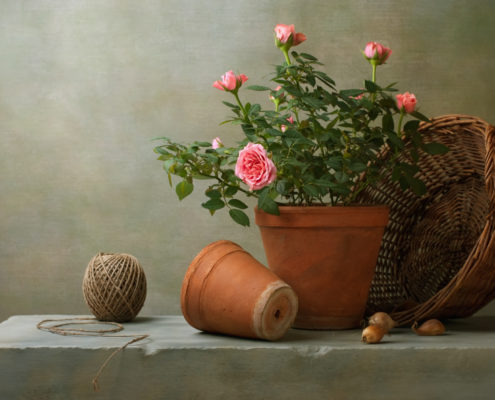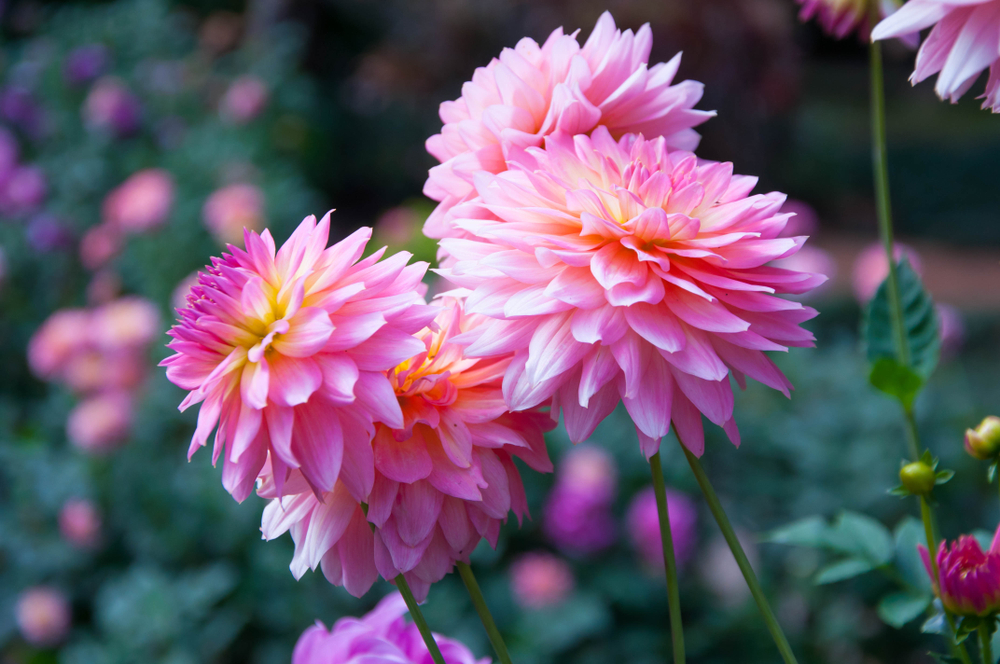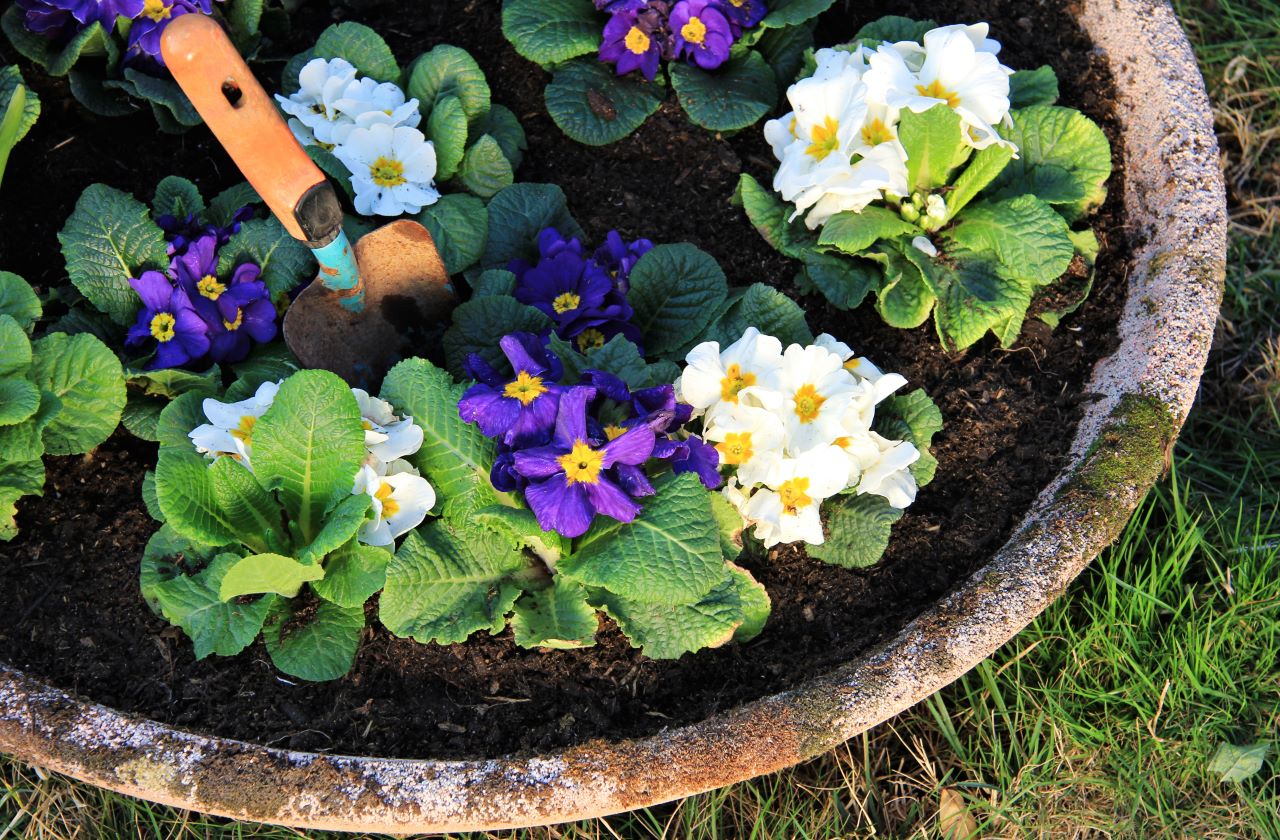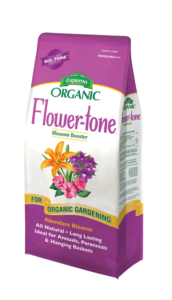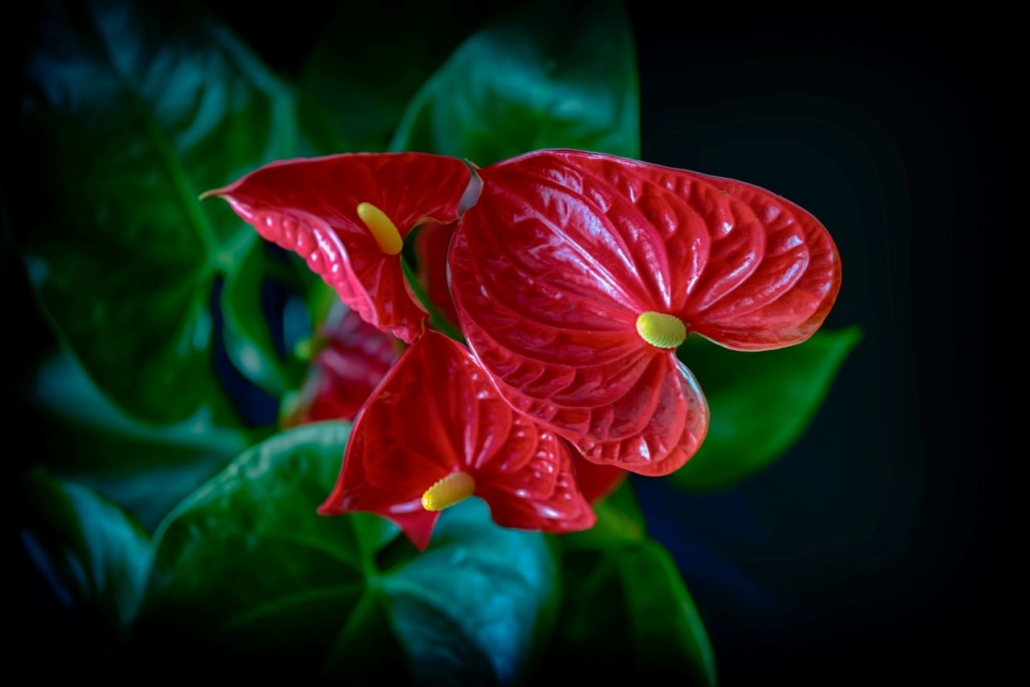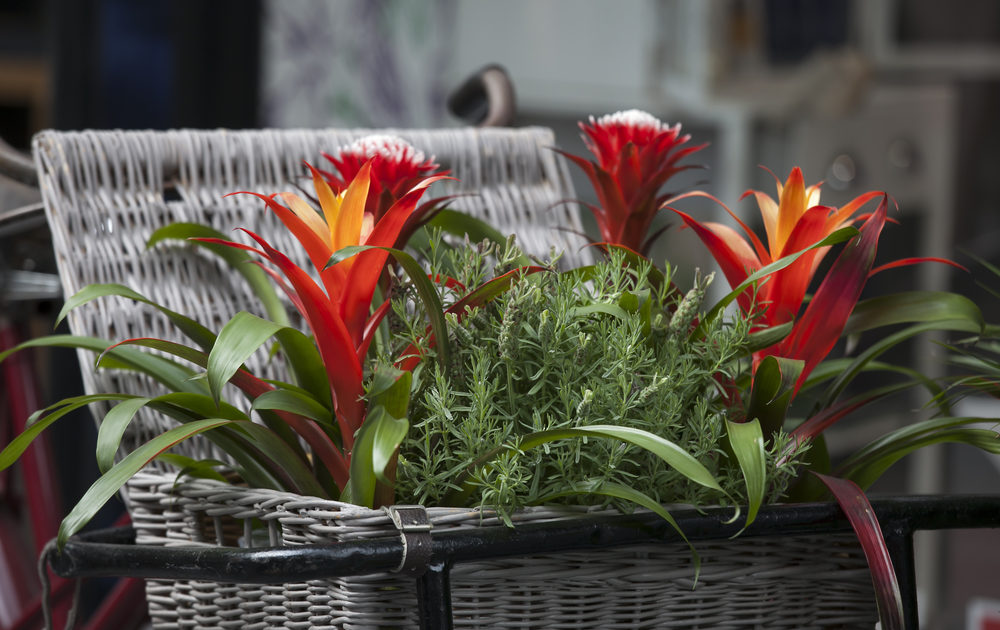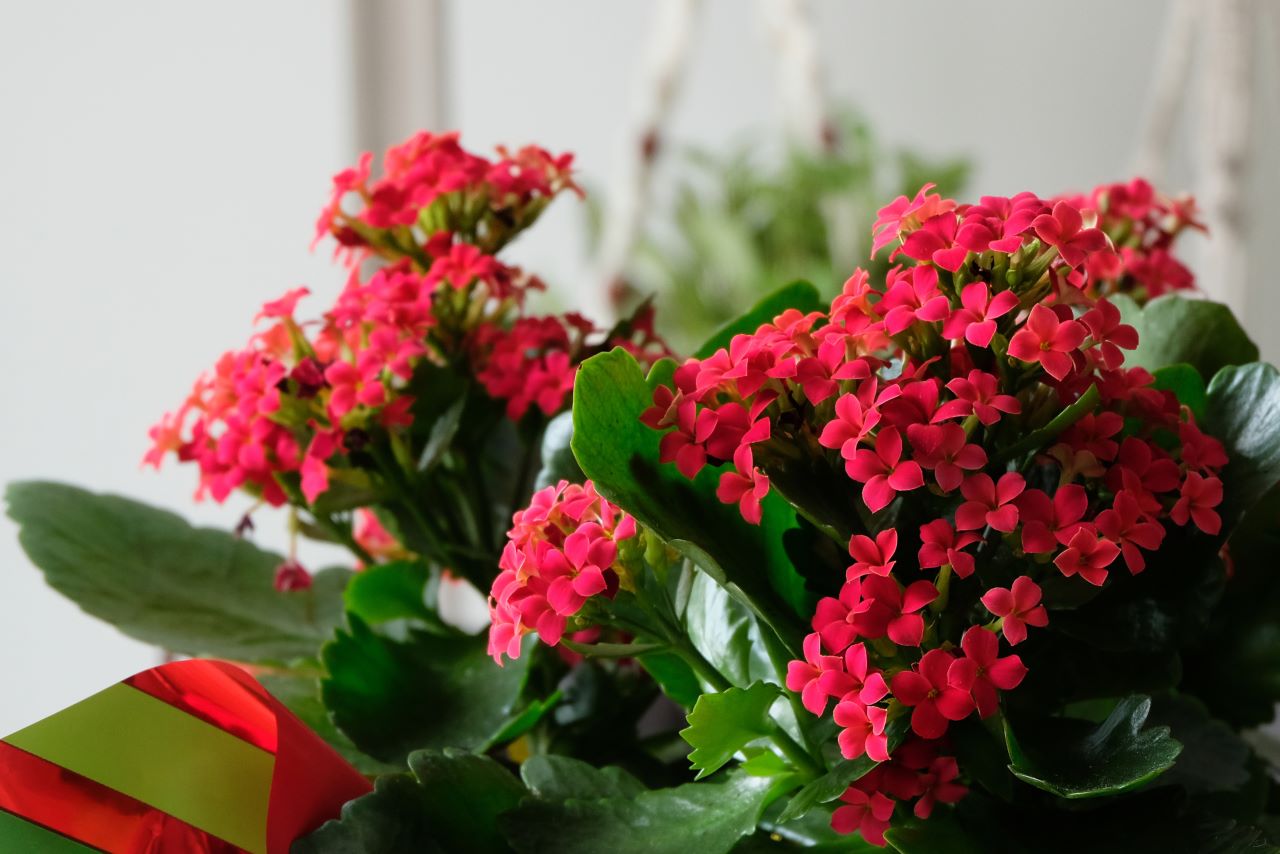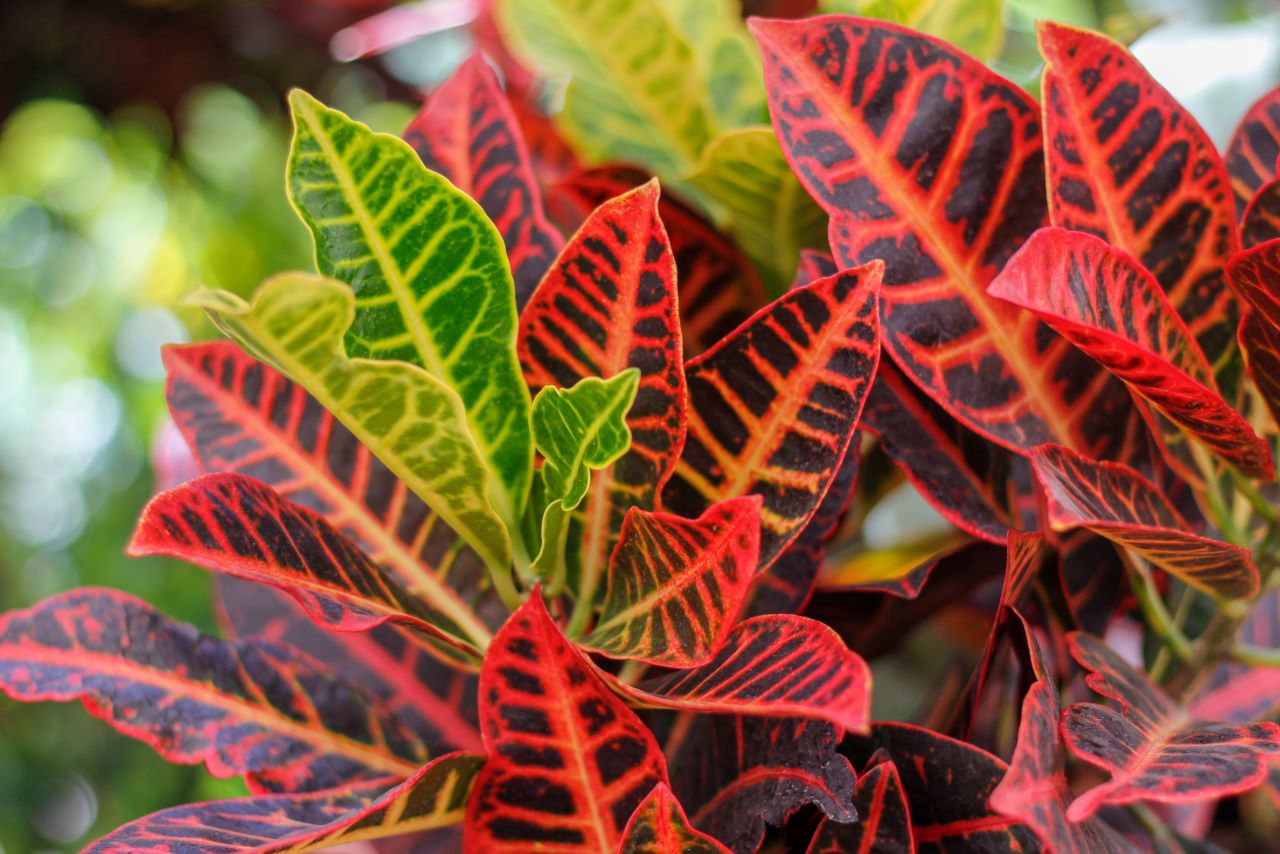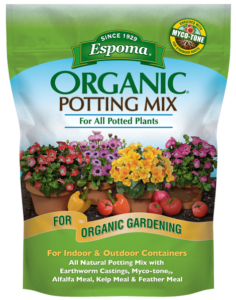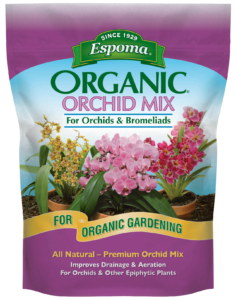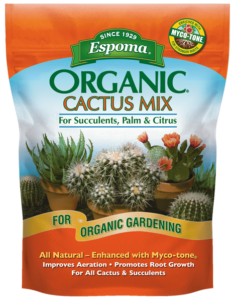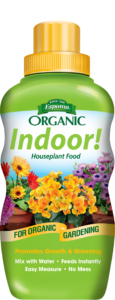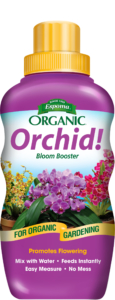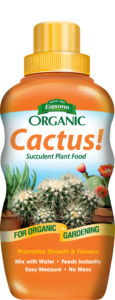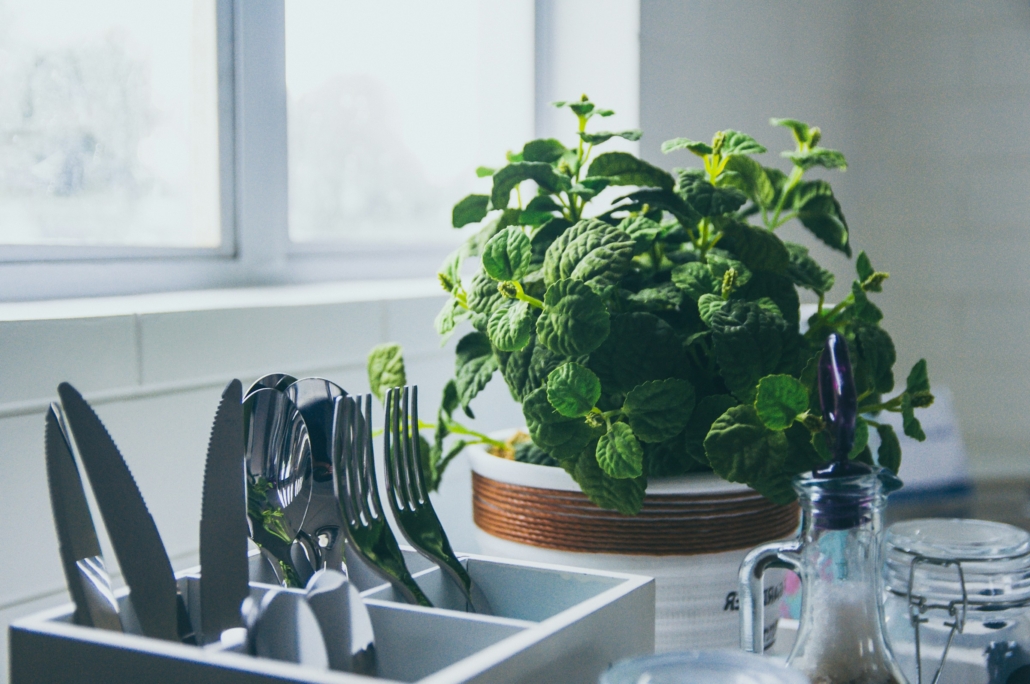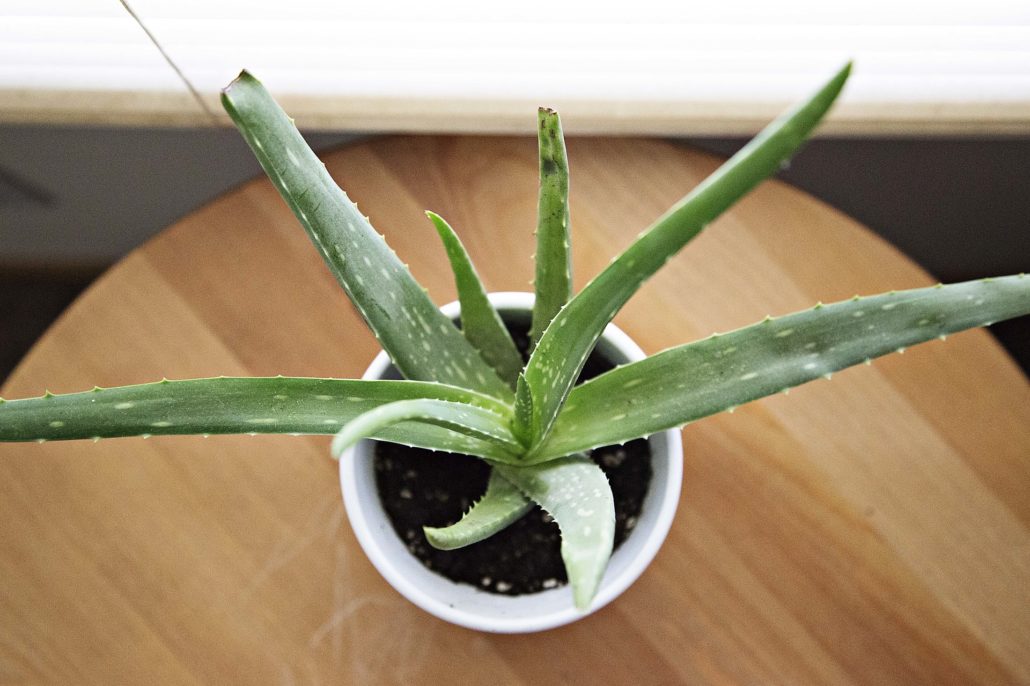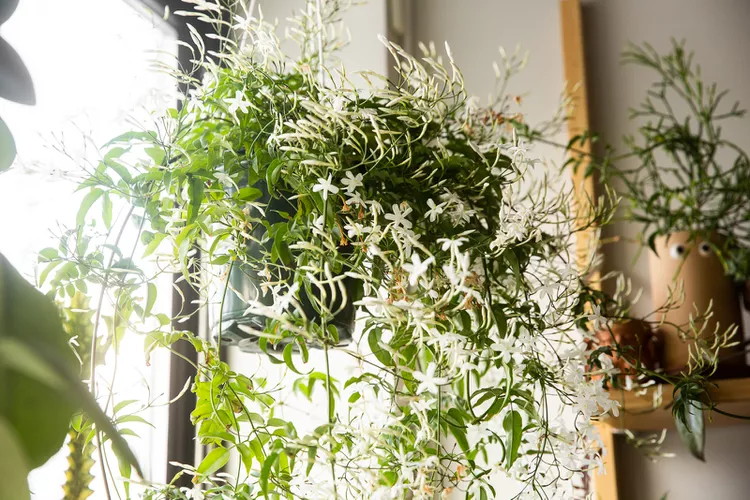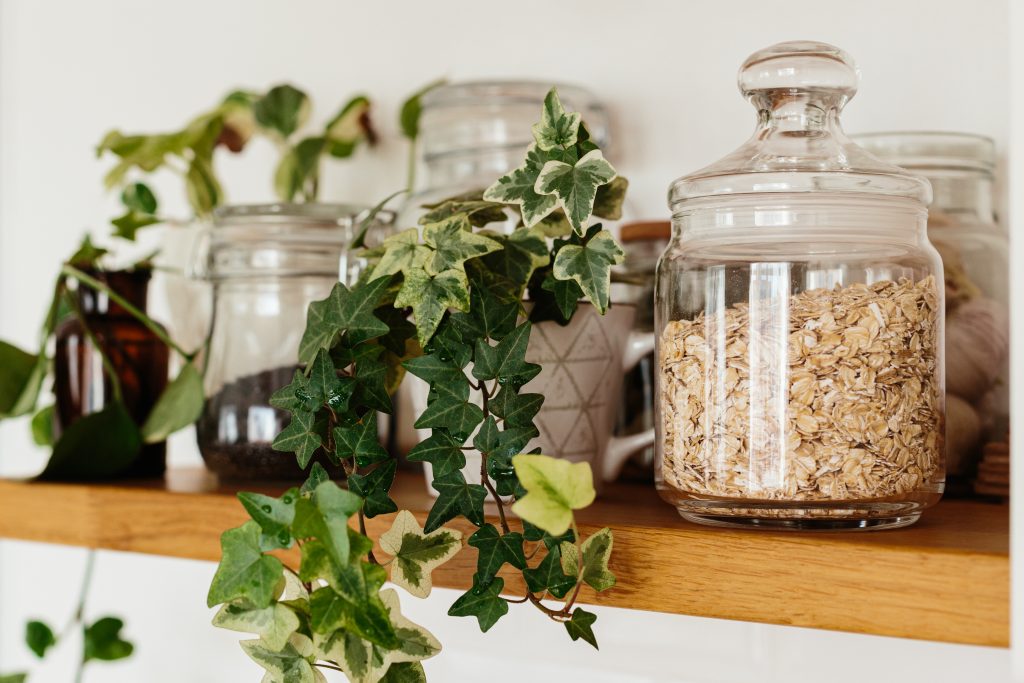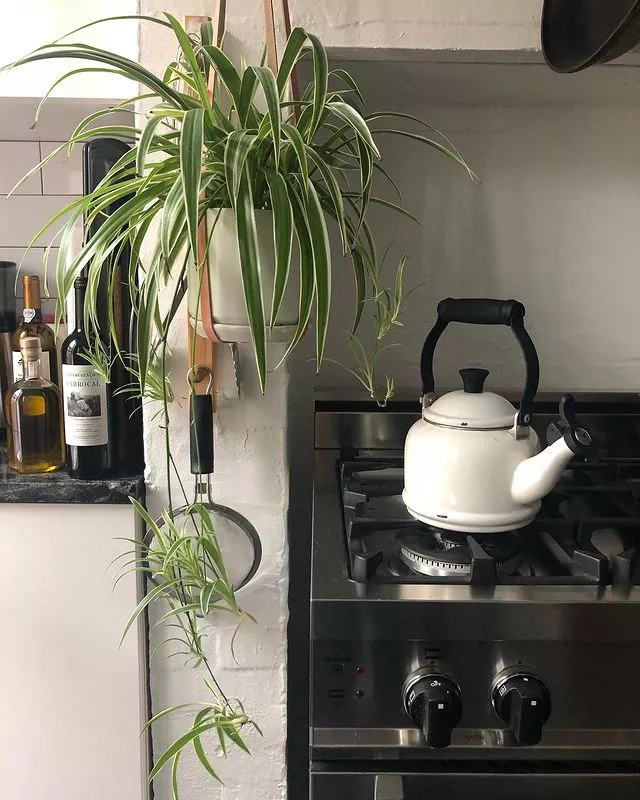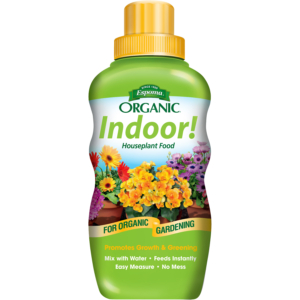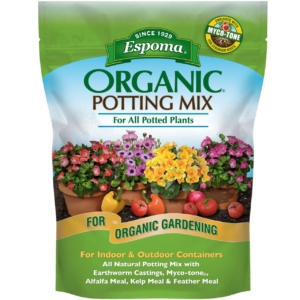5 Edible Flowers to Grow In Your Garden
When you think about an edible garden, berries, tomatoes and salad greens usually come to mind. However, nothing is quite as gourmet or unusual as adding bright blooms and petals to your salads, desserts and meals. Edible flowers picked straight from your organic garden and rinsed before adding to a dish make a colorful and tasty complement to your summer meals.
The best tasting part of many flowers is the petals. Remove pistils and stamens or stems before consuming.
Note that not all flowers are edible, do your research to properly identify flowers before eating them. You’ll also want to make sure your flowers are grown organically for the healthiest and safest choice. Choose Espoma’s Bloom! liquid fertilizer or Flower-tone for organic gardens.
For flowers that look good as well as taste good, consider some of the following:
Daylilies
These perennial garden favorites also make for great meal additions. Add to stir-fries salads, dessert or sautés. Harvest blossoms just before they open and stuff as you would squash blossoms. These plants are grown almost anywhere, but thrive in USDA hardiness zones 4-9.
Lavender
Lavender is an all-purpose bloomer. Besides serving as both an edible and ornamental plant in your garden, lavender is also pet-friendly and can help to repel pests. Add flowers to sauces, dressings, baked goods, ice cream and more. Don’t forget to remove the flowers from the stalk. Hardy in zones 5-9.
Coneflower
Bright and colorful coneflower is known for its healing properties and is often used as a home remedy for colds. These plants are also known favorites of pollinators. Add petals to salads and dishes for a vibrant splash of color, save the roots and seed heads for tea. Best grown in zones 3-9.
Violas (Pansy, Viola, & Violets)
Sweet pansies, violas and violets make wonderful additions to lollipops, ice cubes and cakes. Pansies are especially great because the whole flower is edible. Choose varieties best suited to your growing conditions. Best suited for zones 2-10.
Best Products for Growing Edible Flowers:

